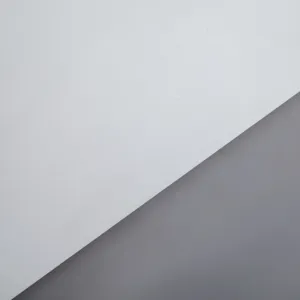Understanding HDPE Drainage Membranes
High-Density Polyethylene (HDPE) drainage membranes represent a critical category in construction and landscaping. These membranes are engineered to provide effective water management solutions across various applications. From commercial parking lots to residential gardens, HDPE drainage membranes ensure that excess water is efficiently redirected, thereby preventing waterlogging and structural damage.
Types and Applications
HDPE drainage membranes come in several types, each tailored for specific scenarios. Some are designed for high-capacity drainage systems, while others are suited for moderate drainage in outdoor spaces. Their applications are diverse, ranging from foundational layers in construction to water management systems in agricultural fields. These membranes are versatile, accommodating different project designs, including graphic design and 3D model design.
Features and Materials
The features of HDPE drainage membranes are numerous. They are known for their durability and resistance to a variety of environmental stressors. The material itself, HDPE, is a robust plastic that resists punctures, chemical erosion, and ultraviolet light. This resilience makes it an ideal choice for long-term drainage solutions in both exposed and covered settings.
Advantages of HDPE Drainage Membranes
The advantages of using HDPE drainage membranes are manifold. They provide a reliable barrier against moisture, protecting structures from water damage. Additionally, their flexibility and lightweight nature make them easy to install in a variety of landscapes. Their black, white, or custom color options also allow for aesthetic integration with different project themes.
Environmental Considerations
In today's eco-conscious market, HDPE drainage membranes are also appreciated for their environmental benefits. Being made from a recyclable material, they contribute to sustainable building practices. Moreover, their effectiveness in water management can help in reducing soil erosion and preserving the natural landscape.
Choosing the Right HDPE Drainage Membrane
Selecting the appropriate HDPE drainage membrane requires consideration of the specific needs of a project. Factors such as the expected water flow, soil type, and exposure to sunlight are crucial in determining the most suitable type. It is essential to consult with experts who can provide insights into the most effective designs and installation practices for HDPE drainage membranes.











































 浙公网安备 33010002000092号
浙公网安备 33010002000092号 浙B2-20120091-4
浙B2-20120091-4